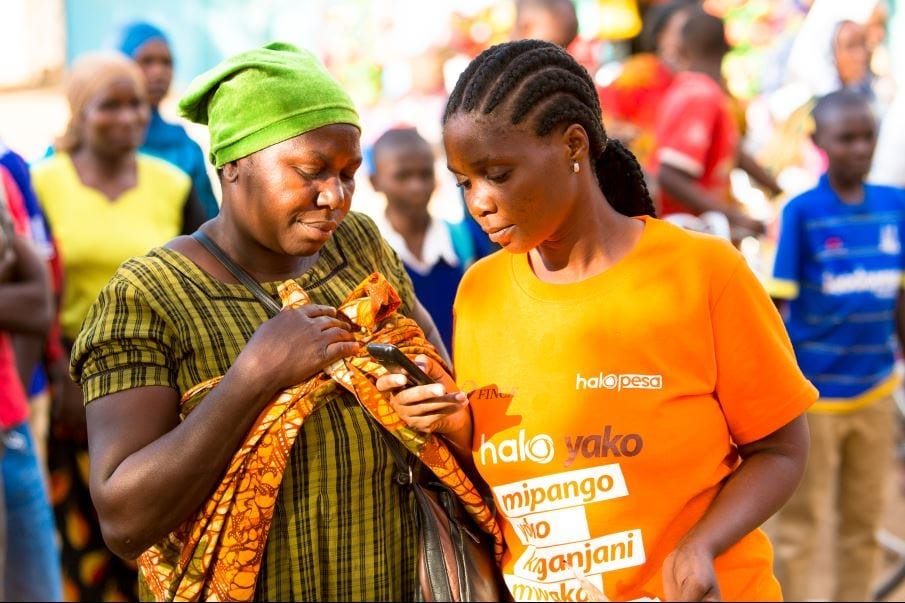🌯Inclusive FinTech Knowledge Bites [Week #61]
Untapped power of women in CICO networks, the hidden value of "inactive tail" agents, and how bicycle programs outperform cash transfers.
Hey,
I’m Hugo Pacheco, and this is The Barefoot Economist —a newsletter where, every week, I break down three essential stories on last-mile technology, emerging market innovation, and financial inclusion. Consider it your bite-sized takeaway to stay informed—sharp, insightful, and easy to digest.
This week on The Barefoot Economist:
🌍 Banking on Her: The Untapped Power of Women in CICO Networks
💡 How “Inactive” Agents Can Still Strengthen Your Network
🚴♀️ Wheels of Change: Unlocking Women's Financial Power
Enjoy your reading!
🌍 Banking on Her: The Untapped Power of Women in CICO Networks

We can’t keep talking about financial inclusion while ignoring half the population. If we want more people to use digital finance, we need female agents at the centre of CICO networks. Not just because it’s fair—but because it’s smarter business.
The Numbers Don’t LieWomen drive the economy in emerging markets. They make up nearly 50% of the informal workforce and are responsible for over 80% of household financial decisions in many regions. Yet, when it comes to agency banking, they remain a tiny fraction of CICO agents. In Kenya, for example, only 23% of mobile money agents are women. In India, it’s worse—just 15%.
Why does this matter? Because when women aren’t represented in last-mile financial services, millions of female customers remain excluded. Research shows that women are 28% less likely than men to own a bank account in developing economies, largely due to trust, safety, and social barriers. A male-dominated agent network isn’t helping.
Women Trust Women With Their MoneyHere’s the reality: women prefer doing financial transactions with other women. Studies from CGAP and GSMA confirm that female customers feel safer, ask more questions, and are more likely to try new financial products when dealing with female agents.
Think about it—if financial inclusion is about access and trust, then a male-dominated agent network is an automatic barrier. In many places, women can’t freely interact with male agents due to cultural restrictions or just plain discomfort. The result? They stick to cash.
Female Agents Make More Sales and Stick Around LongerBeyond inclusion, there’s a strong business case for focusing on female agents.
Higher Customer Retention: Women agents tend to have higher customer retention rates, mainly because they build stronger relationships and spend more time educating customers. In Bangladesh, female mobile money agents reported 30% higher repeat customer transactions than their male counterparts.
Lower Agent Dropout Rates: In markets like Pakistan, male agent churn is 2x higher than female agent churn. Women agents are more likely to treat their agency business as a long-term venture, leading to better stability in agent networks.
Better Service Quality: Research in Uganda found that women agents were 22% less likely to overcharge customers and 40% more likely to help first-time users navigate mobile money platforms.
The Barriers Are Structural—And FixableSo why don’t we have more female CICO agents? It’s not about lack of interest—it’s about lack of opportunity.
Capital Barriers: Women entrepreneurs often struggle to access credit, making it harder to start or expand an agent business. In sub-Saharan Africa, the financing gap for female entrepreneurs is estimated at $42 billion. The data speaks for itself: from facing liquidity challenges with 10-30% less cash in East Africa.
Security Concerns: Women agents report higher fears of theft and fraud, especially in remote areas where liquidity management is a daily struggle.
Licensing & KYA Constraints: Many women work in informal retail or as community leaders but fail to meet rigid Know-Your-Agent (KYA) requirements, locking them out of the formal system.
What Needs to Change?Flexible KYA Policies: Regulators should allow women in informal retail or community positions to onboard as agents with tiered KYA requirements—just like we’ve seen work in parts of India and Ghana.
Targeted Financing: Agent network managers and fintechs need to create credit facilities and working capital programs designed for women-led agent businesses.
Better Security Infrastructure: This means safe agent locations, insurance options, and fraud prevention tools that give female agents the confidence to operate.
👍🏽 Liked it? Check out how MiBank as Agri-busness and Tyme Bank as a Neobank design women-led products and distribution networks by deep-diving into their Business Model Canvas from The Agent Network OS.





